Introduction
In the world of industrial cooling solutions, axial flow fans have emerged as a popular choice due to their efficiency, compact design, and versatility. But what makes these fans so effective? The answer lies in their working principle. This article delves into the working principle of axial flow fans and how it contributes to their superior performance.
The Basic Principle
Axial flow fans, as the name suggests, work on the principle of axial flow. In simple terms, the air or gas flows parallel to the axis of the fan. This is in contrast to centrifugal fans, where the air changes direction. The axial flow principle allows these fans to move a large volume of air, making them ideal for applications that require high airflow rates.
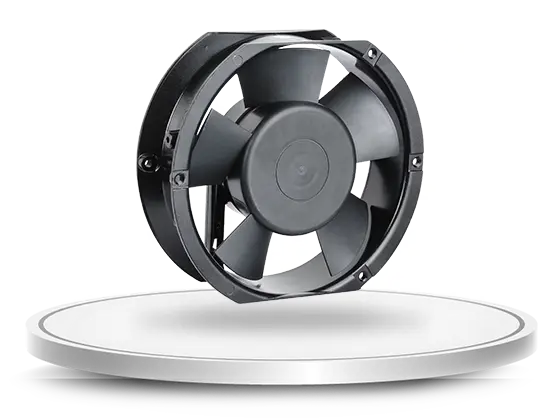
The Role of Fan Blades
The heart of an axial flow fan is its blades. These blades are carefully designed and positioned to draw air in and force it out in the same direction as the axis of the fan. The number, shape, and angle of the blades can significantly impact the fan’s performance. For instance, more blades can increase the fan’s efficiency, while the blade angle can control the speed and volume of the airflow.
Motor and Speed Control
Axial flow fans are typically equipped with either AC or DC motors, with some advanced models featuring EC (Electronically Commutated) motors. The type of motor can influence the fan’s speed, energy consumption, and noise levels. For instance, DC motors are known for their energy efficiency and quiet operation, while AC motors are praised for their power and reliability.
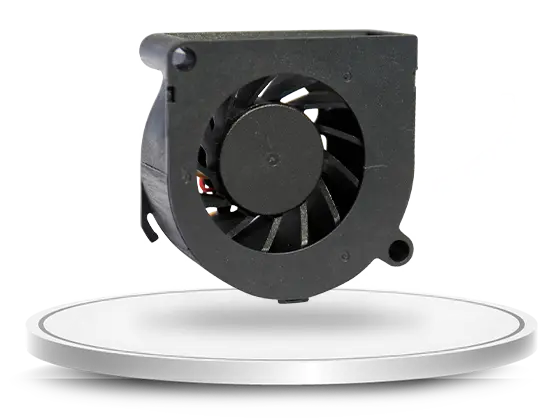
The Role of the Housing
The housing or casing of an axial flow fan also plays a crucial role in its operation. It not only protects the fan components but also contributes to the fan’s efficiency. The housing is designed to guide the airflow and minimize air leakage, thereby enhancing the fan’s performance.
Applications of Axial Flow Fans
Thanks to their working principle, axial flow fans are incredibly versatile. They are used in a wide range of applications, from cooling electronic equipment and ventilating buildings to providing airflow in industrial machinery and data centers.
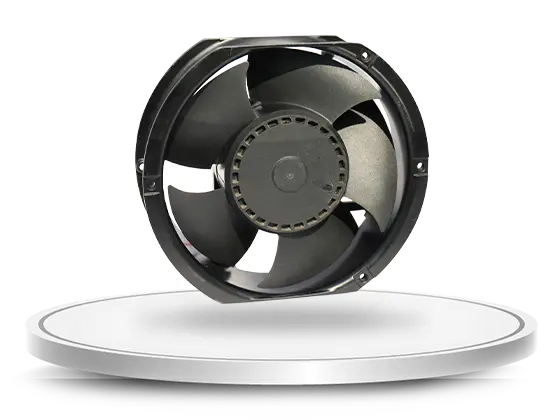
Advanced Features and Innovations
In recent years, axial flow fans have seen numerous advancements and innovations, further enhancing their performance and efficiency. For instance, some axial flow fans now feature variable speed controls, allowing users to adjust the fan speed based on their cooling needs. This not only improves the fan’s efficiency but also reduces energy consumption.
Another innovation is the use of EC motors in axial flow fans. EC motors combine the best of AC and DC motors, offering the power and reliability of AC motors with the energy efficiency of DC motors. This makes EC axial flow fans an excellent choice for applications that require high performance and energy efficiency.
The Impact of Material Selection
The materials used in the construction of axial flow fans can significantly impact their performance, durability, and cost. For instance, fans made of metal are durable and can withstand high temperatures, but they are also heavy and expensive. On the other hand, fans made of plastic are lightweight and affordable, but they may not be suitable for high-temperature applications. Therefore, it’s essential to consider the application’s requirements when choosing the fan material.
Maintenance and Lifespan
Like any mechanical device, axial flow fans require regular maintenance to ensure their longevity and optimal performance. This includes cleaning the fan blades to remove dust and debris, checking the motor for any signs of wear and tear, and lubricating the bearings if necessary. With proper maintenance, axial flow fans can provide reliable cooling performance for many years.
The Future of Axial Flow Fans
As technology continues to evolve, axial flow fans are expected to see further improvements in terms of performance, efficiency, and versatility. For instance, we can expect to see more intelligent axial flow fans equipped with sensors and advanced controls for improved performance and energy efficiency. Moreover, with the growing focus on sustainability, we can expect to see more eco-friendly axial flow fans that consume less energy and produce less noise.
Understanding the working principle of axial flow fans can help businesses make informed decisions when choosing cooling solutions. These fans, with their ability to move large volumes of air efficiently, are a reliable and cost-effective solution for various cooling needs. Whether it’s a small electronic device or a large industrial facility, axial flow fans can deliver the necessary cooling performance, thanks to their simple yet effective working principle.

 EN
EN 


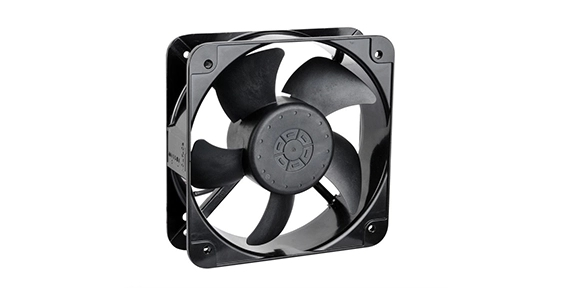 +
+
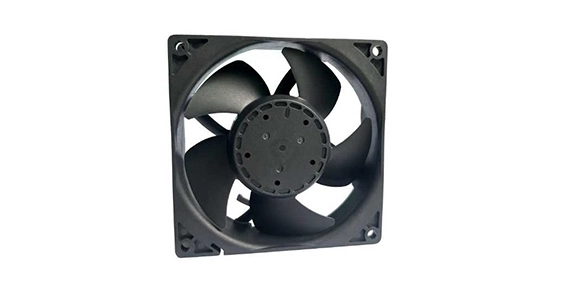 +
+
 +
+



